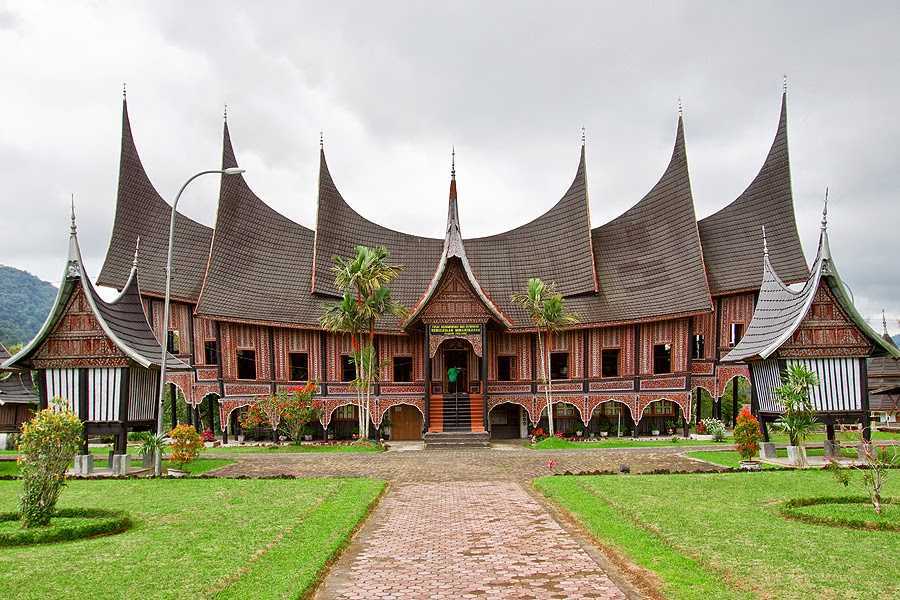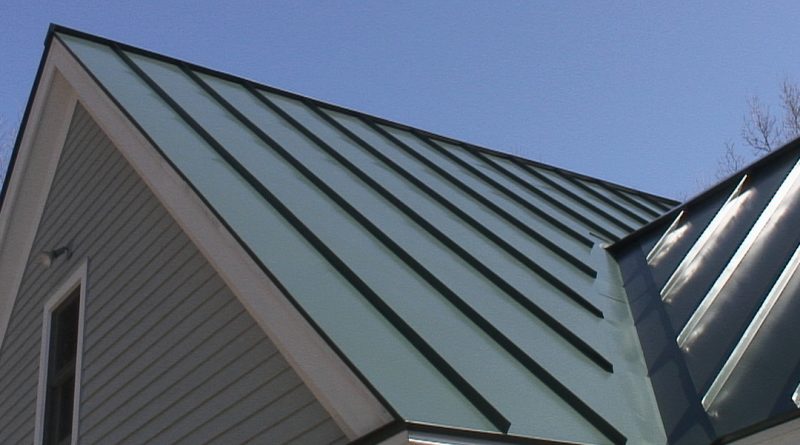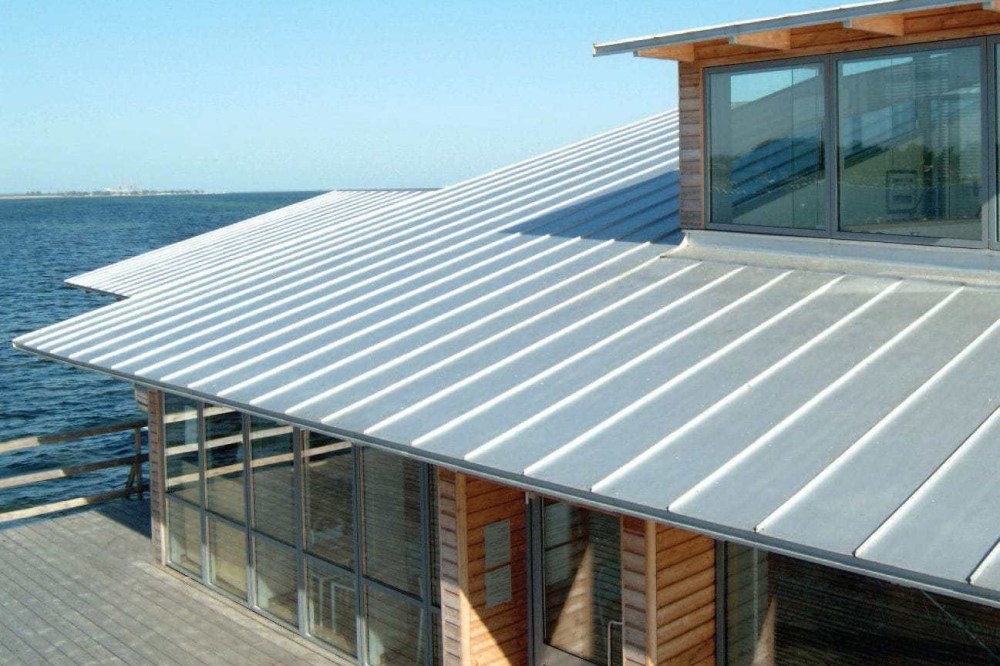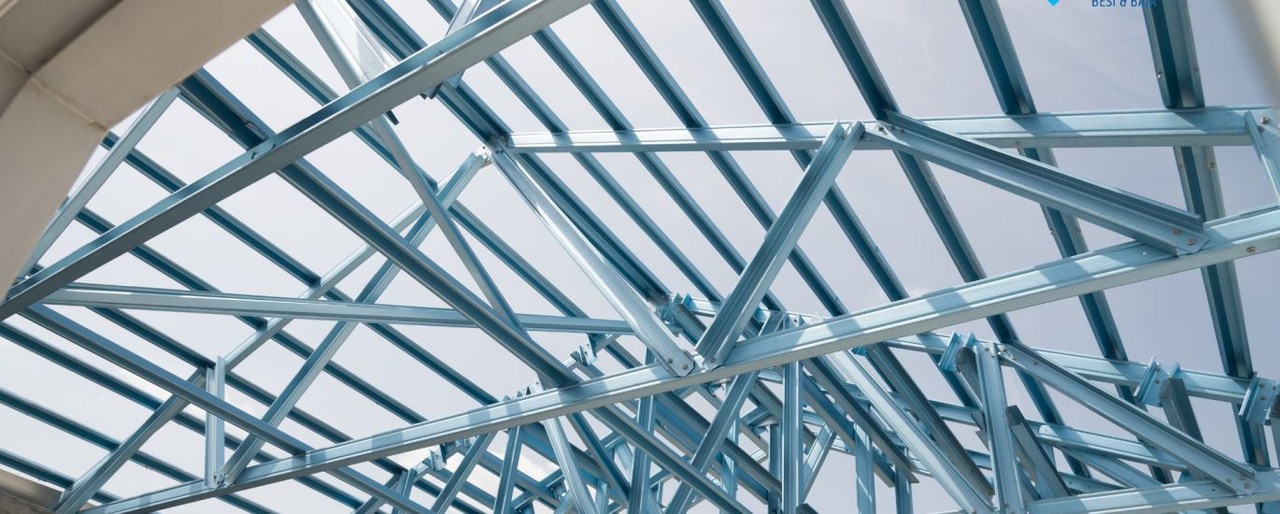Beranda > Artikel
Adaptation of Traditional House Roofs for Modern R

The roofs of traditional houses have their own uniqueness. That's why people want to use them. Just look at these 6 adaptations of traditional roofs for today's homes. Amidst the variety of house designs and shapes, most people who live in the regions remain loyal to the traditional house models typical of their region. Even so, there are also homeowners in big cities who are so in love with their homeland that they build their houses like the ones they have in their hometowns. Sometimes they don't copy the entire house, but sometimes only from the exterior side such as the shape of the roof. The following are the forms of traditional Indonesian traditional house roofs that are often applied to houses in urban areas.
1. Joglo Traditional House Roof, East Java
You must have often found the roof of the Joglo House typical of East Java. Houses, spa houses, and even inns quite a lot apply the roof of this typical house. The Joglo house itself is shaped like a shield with a high roof made of clay and teak wood. It is said that in ancient times the higher the roof of the Joglo house, the higher the social status of the homeowner.
2. Minangkabau Traditional House, West Sumatra
The typical Minangkabau Rumah Gadang, West Sumatra is also often found in many places, one of which is a typical Padang restaurant. This roof is shaped like a saddle with each end having a pointed design like a horn. Yes, this pointed part does symbolize buffalo horns.
3. Tongkonan, South Sulawesi
Tongkonan is a traditional house typical of the Toraja people, South Sulawesi. The roof is curved like a boat, consisting of bamboo arrangements in ancient times. However, now, most houses with tongkonan roofs in urban areas have zinc roofs so that they are even tiles to make them stronger and more durable.
4. Kebaya House, Jakarta
Kebaya house is the name of a traditional house of the Betawi tribe, Jakarta. It is called a kebaya house because the shape of the roof resembles a folded saddle. When viewed from the side, the folds look like kebaya folds. This house is also still widely seen in several areas in Jakarta.
5. Bolon House, North Sumatra
The Bolon House, a typical Batak tribe custom, North Sumatra, is shaped like a curved horse saddle and the ends on both sides are pointed. This house used to be exclusively inhabited by the kings of North Sumatra, but is now widely owned by the indigenous people. Adaptations to the shape of the roof of this house can be applied to residences with a modern touch.
6. Bale Lumbung, West Nusa Tenggara
West Nusa Tenggara has quite a lot of types of traditional houses, one of which is the Bale Lumbung house. This Bale Lumbung is used by the Sasak Tribe in the Lombok area. Its characteristic is the large curved roof. The roof and ridge of the Bale Lumbung House are made of straw or reeds. Adaptations of the Bale Lumbung roof shape can be found in several hotels or resorts in Indonesia.
There are many more traditional Indonesian houses that are unique and suitable if you want to apply them in your own home. Likewise, the roofs of traditional houses that are characteristic of each region are very diverse. Hopefully, the brief information above can provide inspiration for your home roof design.
 Bahasa Indonesia
Bahasa Indonesia  Inggris
Inggris
 Bahasa Indonesia
Bahasa Indonesia  Inggris
Inggris
 The roofs of traditional houses have their own uniqueness. That's why people want to use them. Just look at these 6 adaptations of traditional roofs for today's homes. Amidst the variety of house designs and shapes, most people who live in the regions remain loyal to the traditional house models typical of their region. Even so, there are also homeowners in big cities who are so in love with their homeland that they build their houses like the ones they have in their hometowns. Sometimes they don't copy the entire house, but sometimes only from the exterior side such as the shape of the roof. The following are the forms of traditional Indonesian traditional house roofs that are often applied to houses in urban areas.
The roofs of traditional houses have their own uniqueness. That's why people want to use them. Just look at these 6 adaptations of traditional roofs for today's homes. Amidst the variety of house designs and shapes, most people who live in the regions remain loyal to the traditional house models typical of their region. Even so, there are also homeowners in big cities who are so in love with their homeland that they build their houses like the ones they have in their hometowns. Sometimes they don't copy the entire house, but sometimes only from the exterior side such as the shape of the roof. The following are the forms of traditional Indonesian traditional house roofs that are often applied to houses in urban areas.






